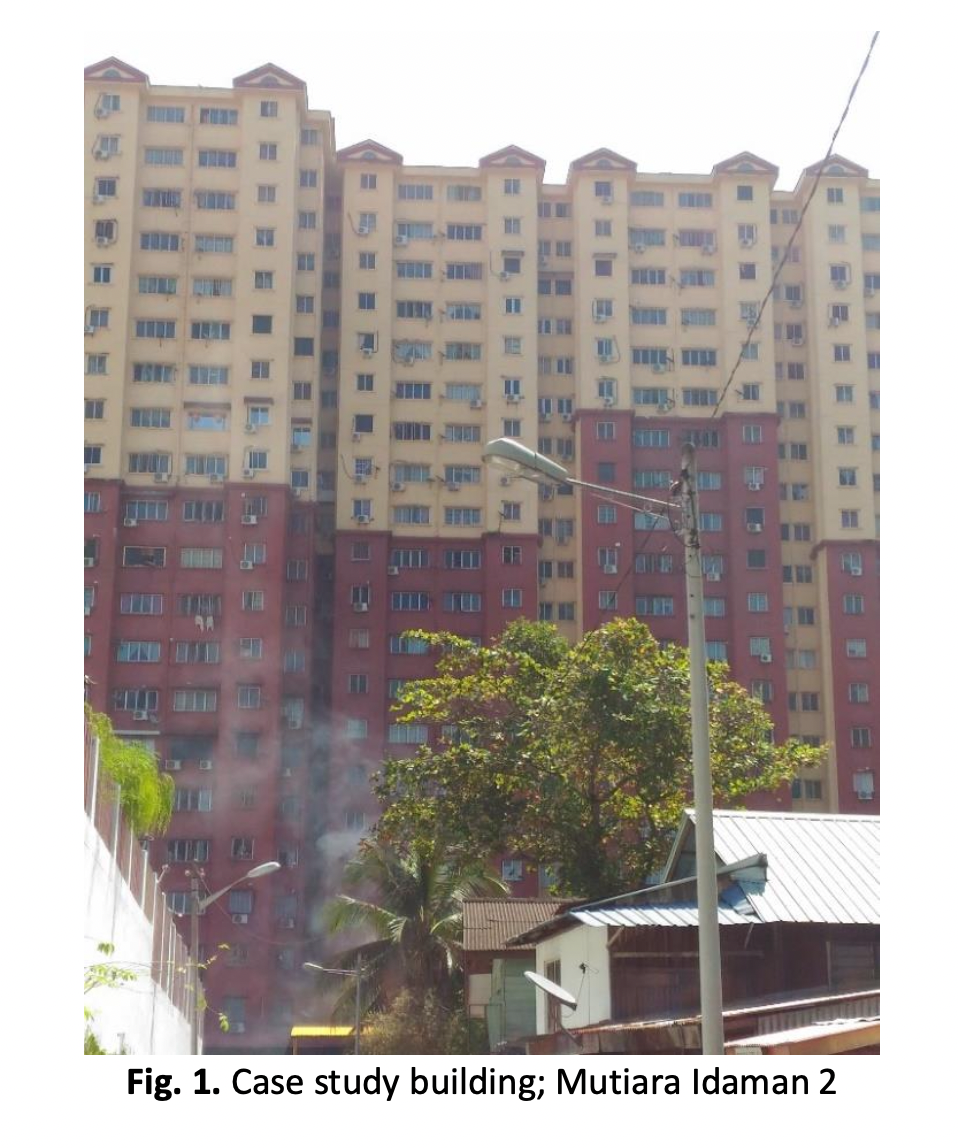Retrofitting of a High-Rise Residential Building for Energy Efficiency with OTTV as an Assessment Tool
DOI:
https://doi.org/10.37934/arfmts.102.2.110119Keywords:
High-rise residential buildings, OTTV, building retrofitting, energy efficiencyAbstract
Buildings account for nearly 50% of the total energy consumption. The use of air-conditioning is one of the major influencers to the high energy consumption in buildings. To tackle this high energy consumption, buildings are required to be more energy efficient. This study aimed to investigate the retrofitting of existing residential building for energy efficiency by using the Overall Thermal Transfer Value (OTTV) as an assessment tool. Various retrofitting measures were involved, including varying the colour of the opaque wall with different solar absorptivity, the U-value and shading coefficient of the Glazing system, and the type and projection of the external shading. The results showed that applying the retrofitting measures individually (i.e., using light colour with low solar absorptivity, replacing the glazing system to have lower shading coefficient and U-value, and the installation of external shading systems with low shading coefficient) can decrease the OTTV by 26% to 33.4%. However, combining these measures managed to decrease the OTTV by up to 75.6% (i.e., the OTTV decreased from 82.87 W/m² to 20.19 W/m²). This can improve the building energy efficiency as it contributes to less cooling load for the air-conditioned buildings, while it provides a better indoor environment in non-air-conditioned buildings.
Downloads

































